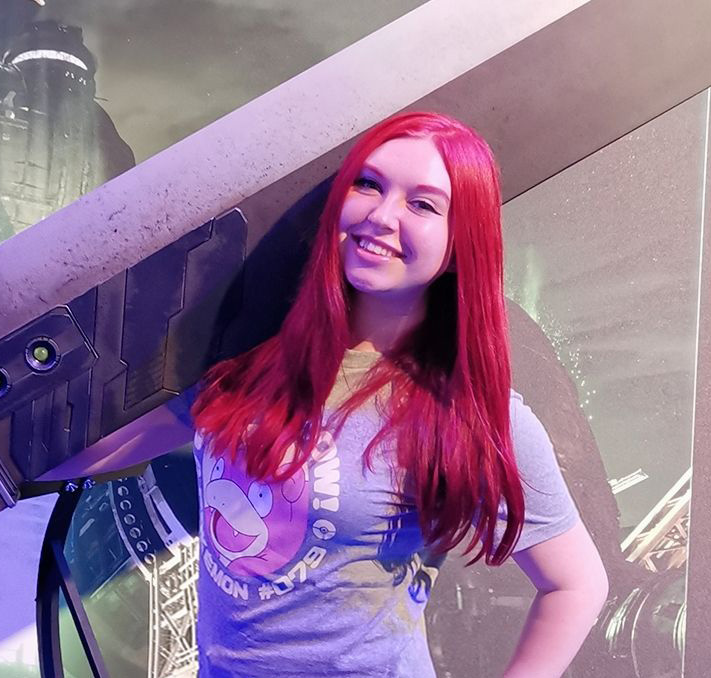Your new TV or monitor could soon be made from rice

Quantum Dot LED technology might be better recognized as QLED, the name that Samsung and TCL use across marketing material, but you might not be aware that its production requires some fairly toxic components – thankfully, scientists in Japan have found a way to not only reduce these harmful substances, but also put some food waste to good use.
As reported by Tom's Hardware, it was discovered that rice husks can be used as a decent source of porous silicon (Si) and silicon oxide (SiO2) which, as with traditional silicon, has a wide range of applications within the world of tech.
Ken-ichi Saitow, lead study author and a professor of chemistry at Hiroshima University spoke to Tech Xplore on the matter, stating "Since typical QDs often involve toxic material, such as cadmium, lead, or other heavy metals, environmental concerns have been frequently deliberated when using nanomaterials. Our proposed process and fabrication method for QDs minimizes these concerns."
This is far from a perfected process, but it certainly has some promise. Currently, the scientists developing the innovative recycling method aren't completely satisfied enough to welcome it onto commercial production lines. But they claim that they want to further develop the luminescence efficiency and more complex issues like the light spectrum responses outside of the orange-red zone.
Still, actually seeing this method applied within displays that are shipped out to our homes might not be all that far away, which is fantastic news given TVs and monitors using quantum dot technology can achieve better brightness levels, contrast and life expectancy than OLED screens. The fact that there is no risk of burn-in is also a bonus that offers consumers some peace of mind.
Not to mention this could help with some of our global food waste. It's estimated that about 100 million tons of rice husk waste are produced globally, and research suggests that we could look into other areas of agricultural waste to produce silicon, with crops like barley, wheat and even grass being rich in the element.
Opinion: Quirky, quantum goodness
I often speak candidly about the conflict between my eco-anxiety and love of tech, so while I initially thought this could be a tad niche or gimmicky, I'm genuinly excited about the possibilities.
When we talk about the term 'chip shortage' or 'silicon shortage', it's not exactly referring to a lack of the element itself, but more delays within the production process for tech – after all, it makes up 27.7% of our entire planet's crust, which places it as the second most abundant element within the earth behind oxygen, but that doesn't mean that harvesting it and then engineering it to suit our needs doesn't come with its own issues that are inherently harmful.
Sign up for breaking news, reviews, opinion, top tech deals, and more.
Food waste is, however, an issue that contributes towards greenhouse gasses and rising global temperatures, and while some of this going towards animal feed in the farming industry, utilizing some of it as a sustainable alternative in our current production certainly sounds like a positive.
The discussions are only focused on display technology for now, but perhaps years down the line we could see some of these methods applied to the production of traditional silicon wafers, too.
- Cant wait? Here are the best QLED TVs you can buy right now

Jess is a former TechRadar Computing writer, where she covered all aspects of Mac and PC hardware, including PC gaming and peripherals. She has been interviewed as an industry expert for the BBC, and while her educational background was in prosthetics and model-making, her true love is in tech and she has built numerous desktop computers over the last 10 years for gaming and content creation. Jess is now a journalist at The Verge.